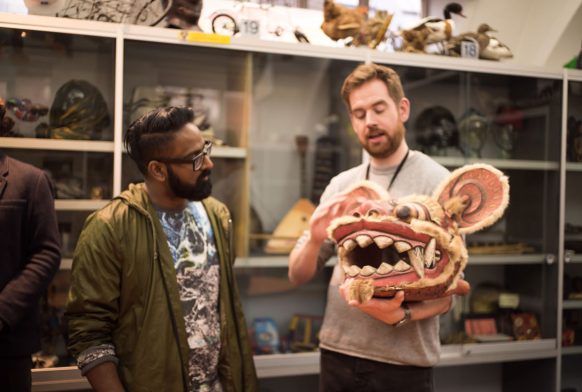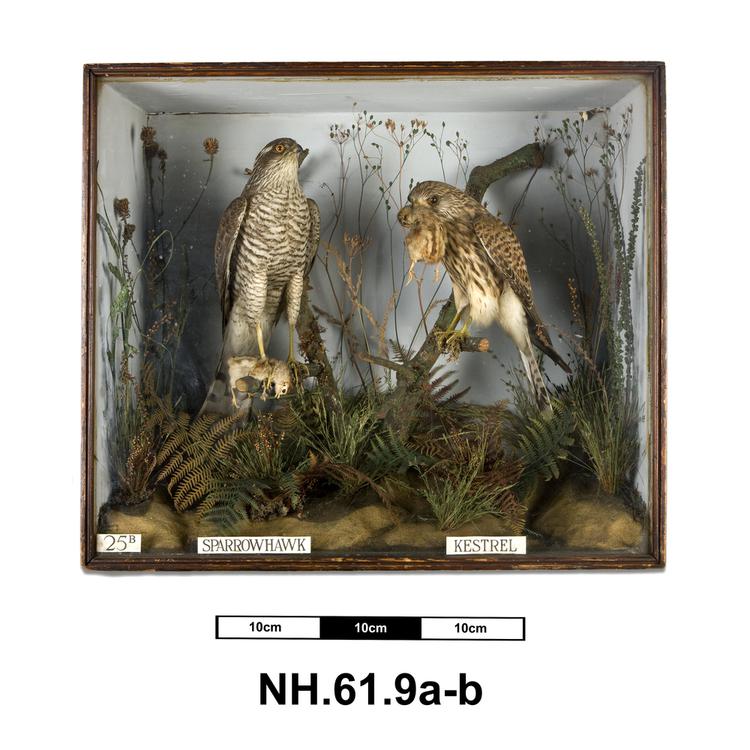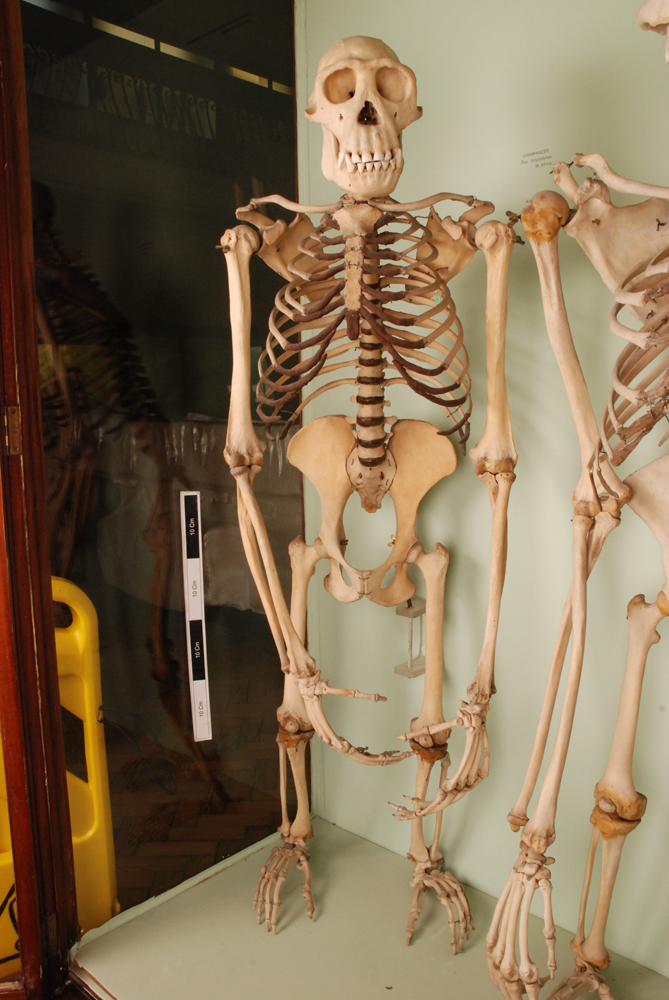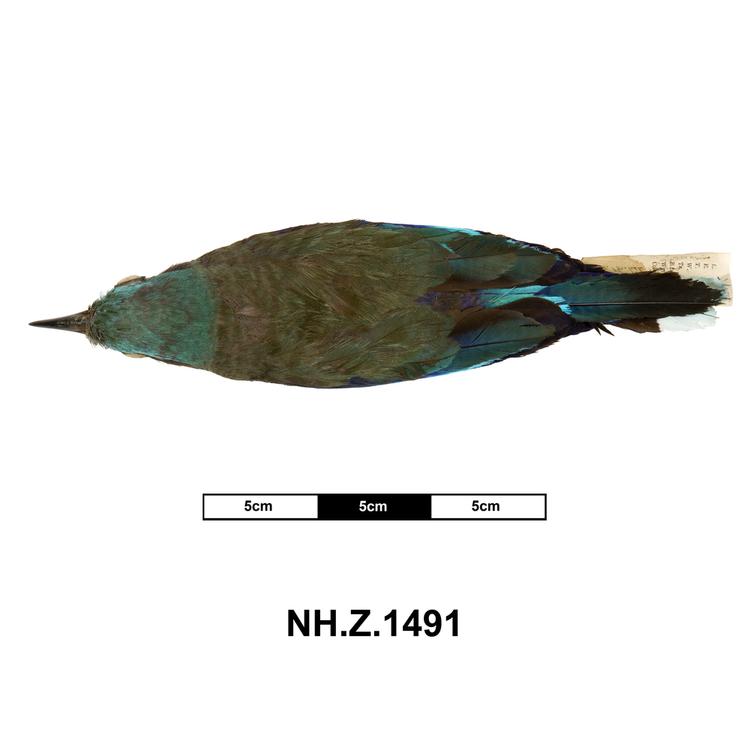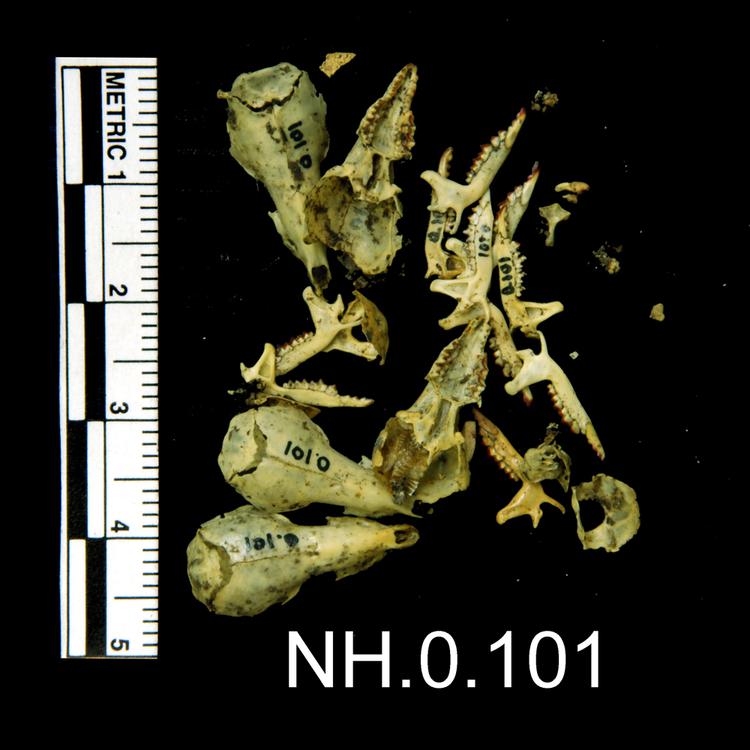Taxidermy specimen of a Horseshoe crab.
Horseshoe crabs are most commonly found in the Gulf of Mexico and along the northern Atlantic coast of North America.
Despite its name, it is more closely related to spiders, ticks, and scorpions than to crabs.
Horseshoe crabs possess the rare ability to regrow lost limbs, in a manner similar to sea stars
On the underside of the prosoma (head region) there are six pairs of appendages, the first of which (the small pincers) are used to pass food into the mouth.
A horseshoe crab's tail, while menacing, is not a weapon. Instead, the tail is used to plough the crab through the sand and muck, to act as a rudder, and to right the crab when it accidentally tips over.
Horseshoe crabs grow by moulting and emerge 25 percent larger with each moult. After 16 moults (usually between 9 and 12 years) they will be fully grown adults.



